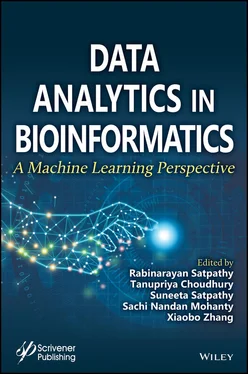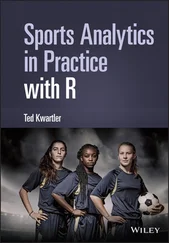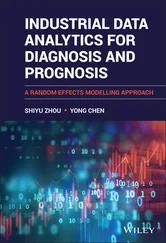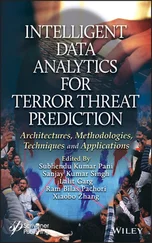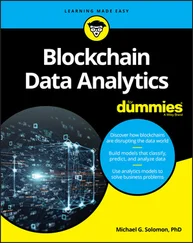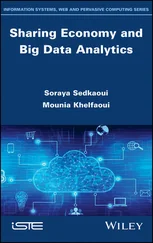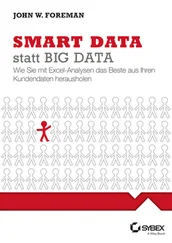The Editors
December 2020
The editors would like to acknowledge and congratulate all the people who extended their assistance for this book. Our sincere thankfulness goes to each one of the chapter’s authors for their contributions, without whose support this book would not have become a reality. Our heartfelt gratefulness and acknowledgement also go to the subject matter experts who could find their time to review the chapters and deliver those in time to improve the quality, prominence as well as uniform arrangement of the chapters in the book. Finally, a ton of thanks to all the team members of Scrivener Publishing for their dedicated support and help in publishing this edited book.
Part 1 THE COMMENCEMENT OF MACHINE LEARNING SOLICITATION TO BIOINFORMATICS
1
Introduction to Supervised Learning
Rajat Verma, Vishal Nagar and Satyasundara Mahapatra*
PSIT, Kanpur, Uttar Pradesh, India
Abstract
Artificial Intelligence (AI) has enhanced its importance through machines in the field of present business scenario. AI delineates the intelligence illustrated by machines and performs in a contrasting manner to the natural intelligence signified by all living objects. Today, AI is popular due to its Machine Learning (ML) techniques. In the field of ML, the performance of a machine depend upon the learning performance of that machine. Hence, the improvement of the machine’s performance is always proportional to its learning behavior. These Learning behaviors are obtained from the knowledge of living object’s intelligence. An introductory aspect of AI through a detailed scenario of ML is presented in this chapter. In the journey of ML’s success, data is the only requirement. ML is known because of its execution through its diverse learning approaches. These approaches are known as supervised, unsupervised, and reinforcement. These are performed only on data, as its quintessential element. In Supervised, attempts are done to find the relationship between the independent variables and the dependent variables. The Independent variables are the input attributes whereas the dependent variables are the target attributes. Unsupervised works are contrary to the supervised approach. The former (i.e. unsupervised) deals with the formation of groups or clusters, whereas the latter (i.e. supervised) deals with the relationship between the input and the target attributes. The third aspect (i.e. reinforcement) works through feedback or reward. This Chapter focuses on the importance of ML and its learning techniques in day to day lives with the help of a case study (heart disease) dataset. The numerical interpretation of the learning techniques is explained with the help of graph representation and tabular data representation for easy understanding.
Keywords :Artificial intelligence, machine learning, supervised, unsupervised, reinforcement, knowledge, intelligence
In today’s world, businesses are moving towards the implementation of automatic intelligence for decision making. This is only possible with the help of a well-known intelligence technique otherwise known as Artificial Intelligence (AI). This intelligence technique also plays a vital role in the field of research, which is nothing but taking decisions instantly. The dimension of AI is bifurcated into sub-domains such as Machine Learning (ML) and Artificial Neural Networks (ANN) [1]. The term ML is also termed as augmented analytics [2] and depicts the development of machine’s performances. This is achieved through the previous experiences obtained by the machines, but the traditional learning (i.e. the intelligence used in the mid-1800s) works not so efficiently if compared with the ML [3]. In traditional learning, the user deals with data and programs as an input attribute and provides the output or results whereas, in the case of ML the user provides the data and output or desired results as an input attribute and produces the program or rules as an output attribute. This means that data is more important rather than the programs. This is so because the business world depends on the accuracy level of the program which is used for decision making. The block diagram of Traditional learning is shown below in Figure 1.1 for easy understanding.
Traditional Learning is a manual process whereas the functioning of ML is an automated one. Due to ML, the accuracy of analytic worthiness is increased in different diversified domains. These domains are utilized for the preparation of data (raw facts and figures), Outlier Detection (Automatic), Natural Language Interfaces (NLI), and Recommendations, etc. [4]. Due to these domains, the bias factor for taking decisions on a business problem is decreased.

Figure 1.1Traditional learning.
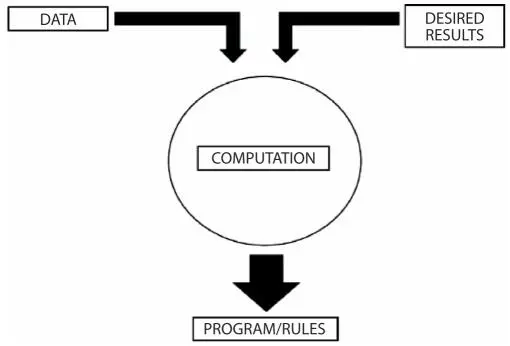
Figure 1.2Machine learning.
ML is a sub-group of AI and its primary work is allowing systems to learn automatically with the help of data or observations obtained from the environment through different devices [5]. The block-diagram of ML is shown below in Figure 1.2.
ML-based algorithms perform predictions as well as decisions by using mathematical models that are based on some training data [6–8]. Few popular implementations of Machine Learning are Filtering of E-mails [9], Medical Diagnosis [10], Classification [11], Extraction [12], etc. ML works for the growth of the accuracy level of the computer programs. This was done by accessing data from the surrounding, learn the data automatically, and enhancing the capacity of decision making. The main objective of ML is to minimize human intervention and assistance while performing any task. The next section of this chapter highlights the process of learning along with its different methodologies.
1.2 Learning Process & its Methodologies
In AI, Learning means a process to train a machine in such a way so that the machine can take decisions instantly. Hence, the performance of that machine is upgraded because of its accuracy. When a machine performs in its working environment it may get either success or failure. From these successes or failures machines are gaining experience itself. These newly gained experience, improve the machines through their actions and forms an optimal policy for the working environment. This process is known as learning from experience. This process of learning is possible in an unknown working environment. A general block diagram learning architecture for such a method is presented below in Figure 1.3. This figure tries to present the mechanism of learning a new experience by a machine. The sequence of learning behavior in a stepwise manner is given below.
Step 1. The IoT based sensors received input from the environment.
Step 2. Then, the sensor sends these inputs to the critics for performance evaluation, according to the previously stored performance standards. Simultaneously, the sensor sends the same input to the performance element for checking its effectiveness, if found OK then immediately return the same to the environment through effectors.
Step 3. The Critics provide the feedback to the learning element, if any new feedback occurs then it should be updated in the performance of the element. Then, the updated knowledge comes back to the learning element and send it to the problem generator as a learning goal for evaluating the same through experiments. The updates are sent to the performance of the element for future reference.
Читать дальше
